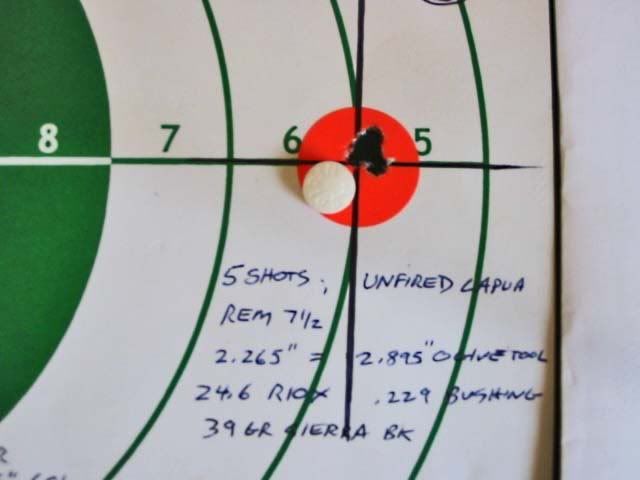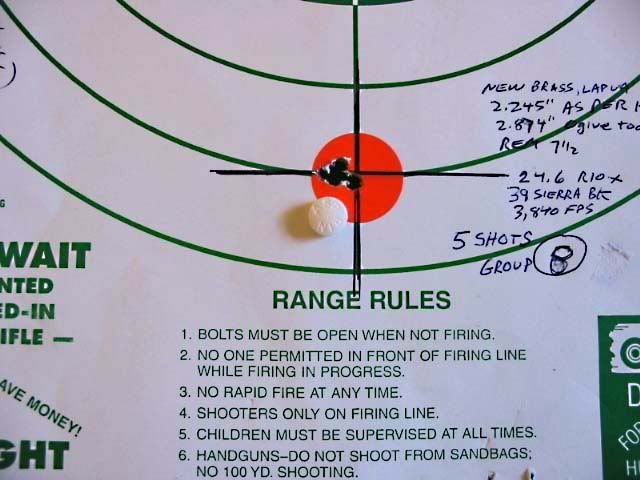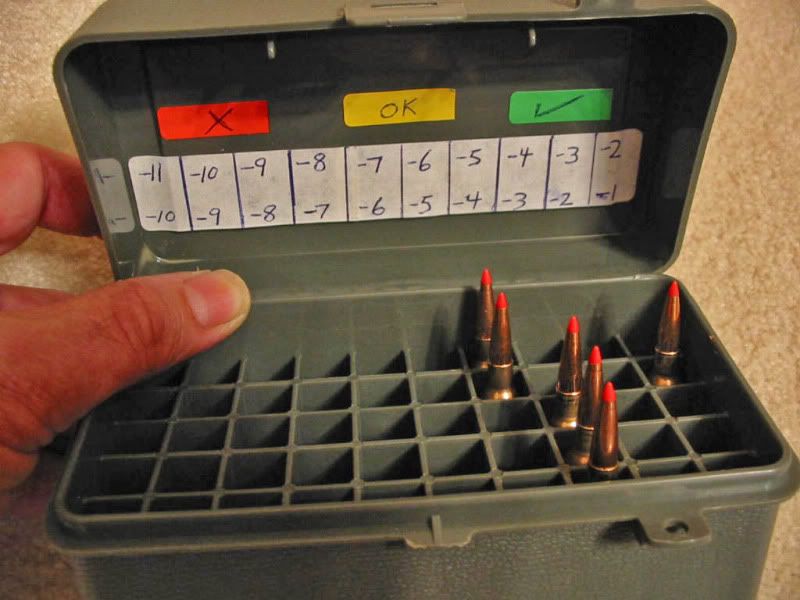Larry, I hope you were really kidding, and I haven't hurt your feelings. I was voicing an opposing opinion as respectfully as one could ever try. You have offered me helpful advice in the past when I knew a lot less, and I say it with sincerity that you're one of the last people here who'd I want to offend.

Doublegobble;
If you don't have gages, then you can't check your work. It's that simple.
I commonly will use my 2 concentricity gages to check the completed round, as well as find and reject a sized case that is badly inconcentric. I have forster dies, Redding Bushing dies, and Wilson in-line seating dies, and trust me when I say not every sized case, or finished cartridge is going to come out perfect on the first attempt. Some are way off! This is especially so when you are making a custom case, and sizing a larger case down to shape. In my latest project, I am currently sizing 6.5x47 Lapua cases down to 6mm and then 22 to make the 22x47L. I'd like to know who gets a perfect concentrically shaped case (down to within 1,000ths of an inch or less of distortion)when reforming brass, or even doing simple resizing. Heck, some of my new Lapua 6.5x47 brass out of the box is already giving a reading of 2000th's of an inch. It is very common for me to proceed to rework most problem cases until I get near concentric perfection, and better then what came out of the new box! But, without the gages how the heck can you know what you're producing?
I confess that I have never used competition grade dies, or custom tailored or "fitted" dies. I can just tell you that after having used factory made Forster, Redding Bushing dies, and Wilson inline seater dies, I would feel blind to handload but not have concentricity gages.
And yes, Larry is right about the calipers, and I pretty much do the same as he does; I use a Mitatoyo dial caliper for serious measuring, and a Harbor Freight for "on the run" more casual double checking. I'll also tell you that I opened about 7 boxes of calipers at the Harbor Freight store to find the one digital caliper that gave a measurement consistantly within 1,000th of my Mitatoyo caliper that I snuck into the store with me just for comparison readings. I got the Harbor Freight caliper for $16 on sale, but look what I had to go to to find a really good one that was almost as accurate as my Mitatoyo.....I had to open 7 boxes. Like they say, you usually get what you pay for. (but I cheated this time.) And yes, I open and reclose my boxes in that store as neat as I handload.

Nobody knew that they had been analy inspected.
BTW, when I said in my last post that I get really good target groups with cartridges that give a reading of say 4,000ths on my Sinclair concentricity gage, the reading is actually half that, because the case does not spin on its axis. (So the finished round actually has half the distortion of the indicated 4,000ths reading, and is actually only off 2,000ths of an inch.)
And yes, I do have every tool you mentioned on that list. Though I may not use them all the time, I'm still glad I have them for when I do desire them..
Above are two photos of targets from my last project. It's from a Remington action in Tac20 with not much more special gunsmithing then some good action truing. I use a Hart rest with a Sinclair top, 1 1/4 lb trigger, and these are not terribly hard groups for me to attain at 100 yards using my Elite 6x-24X scope;
Above photo is a look at the inside of one of my ammo boxes. All handloads are placed in the slot according to their concentricity. I use the 5 most accurate rounds first for my serious target work, and the less concentric rounds for bore fouling or more casual target shooting. Like I said; a round sitting in its designated 2,000ths of an inch slot is actually only off by 1,000ths of an inch.
Larry, don't worry, I love you man.
But you can't have my beer.




